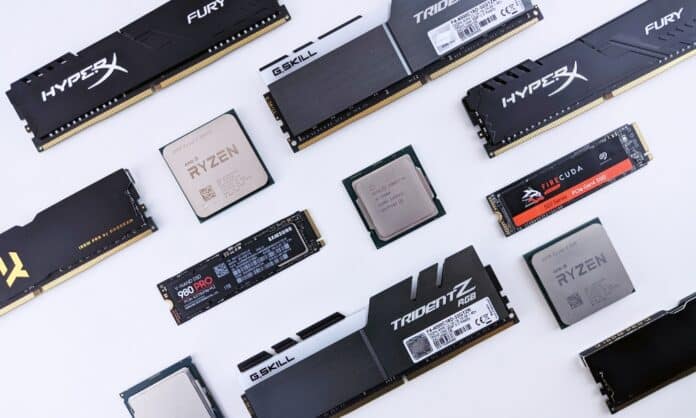In the digital age, understanding how important memory and storage devices are is essential for anyone using computers, whether for personal or professional use. Memory and storage devices are key components that directly impact a system’s performance, speed, and data management. These devices work together to ensure that a computer runs efficiently and can handle the growing demands of modern software and applications. This article explores the roles of memory and storage devices, highlighting their significance and how they contribute to overall system functionality.
Understanding Memory and Storage Devices
Memory and storage devices are essential components of a computer system, each serving distinct functions. Memory, often referred to as RAM (Random Access Memory), is where a computer stores data that is actively being used or processed. It provides the necessary space for the CPU to access and execute tasks efficiently. On the other hand, storage devices are used to save data permanently, even when the computer is turned off. This includes hard drives (HDDs), solid-state drives (SSDs), and other forms of storage media.
1, Types of Memory
- RAM (Random Access Memory): Temporary storage that holds data currently in use.
- Cache Memory: A smaller, faster type of volatile memory that provides high-speed data access to the processor.
- Registers: Small storage locations within the CPU that hold data and instructions during processing.
2. Types of Storage Devices
- Hard Disk Drives (HDDs): Traditional storage devices that use spinning disks to read/write data.
- Solid-State Drives (SSDs): Faster storage devices that use flash memory to store data.
- Hybrid Drives: Combine the features of HDDs and SSDs to offer a balance between speed and storage capacity.
The Role of Memory in Computer Performance
Memory plays a pivotal role in determining a computer’s performance. The amount and speed of RAM can significantly impact how quickly applications run and how many tasks can be handled simultaneously. Insufficient memory can lead to slower performance, as the system resorts to using slower storage devices to compensate.
1. Impact of RAM on Performance
- Multitasking: More RAM allows for better multitasking capabilities, enabling multiple applications to run smoothly.
- Application Speed: Sufficient RAM ensures that applications load and operate faster.
- System Stability: Adequate memory prevents system crashes and slowdowns during intensive tasks.
The Importance of Storage Devices
Storage devices are crucial for data retention. They determine how much data a computer can hold and how quickly it can access that data. The choice between HDDs and SSDs can affect boot times, file transfer speeds, and overall system responsiveness.
2. Factors Influencing Storage Device Performance
- Read/Write Speeds: SSDs offer faster data access compared to HDDs.
- Capacity: Larger storage devices can hold more data, reducing the need for external storage solutions.
- Durability: SSDs have no moving parts, making them more durable and less prone to mechanical failure than HDDs.
Memory vs. Storage: Key Differences
Understanding the differences between memory and storage is essential for optimizing computer performance. While both are integral to a computer’s operation, they serve distinct purposes.
Comparison Table
| Feature | Memory (RAM) | Storage Devices (HDD/SSD) |
|---|---|---|
| Function | Temporary data storage | Permanent data storage |
| Speed | High | Moderate to High |
| Volatility | Volatile | Non-volatile |
| Impact on Performance | Direct | Indirect |
Upgrading Memory and Storage Devices
Upgrading memory and storage devices can breathe new life into an aging computer. Increasing RAM can improve multitasking and application performance, while switching from an HDD to an SSD can drastically reduce boot times and enhance overall system responsiveness.
Benefits of Upgrading
- Enhanced Speed: Faster data access and processing.
- Increased Capacity: More space for applications and files.
- Improved Reliability: SSDs offer greater durability and lower failure rates.
Choosing the Right Memory and Storage Devices
Selecting the appropriate memory and storage devices depends on your specific needs and budget. For general use, 8GB to 16GB of RAM is typically sufficient, and an SSD with at least 256GB of storage can offer a good balance between speed and capacity.
Considerations When Choosing Components
- Usage Requirements: Determine the demands of your typical tasks.
- Budget: Balance performance needs with financial constraints.
- Compatibility: Ensure components are compatible with your system’s motherboard and other hardware
conclusion
understanding how important memory and storage devices are to computer performance is crucial for making informed decisions when upgrading or building a system. Both memory and storage devices play vital roles in ensuring smooth and efficient operations, impacting everything from speed to data retention. By choosing the right components based on your needs, you can significantly improve your system’s performance, reliability, and overall user experience.

